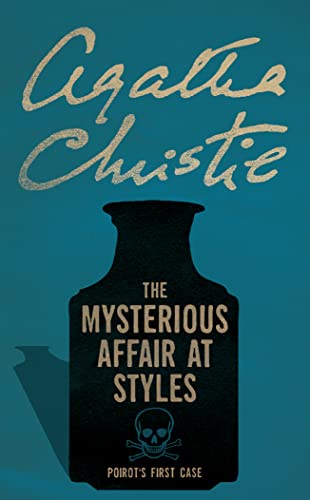Regular readers know that I began binging on murder mysteries at an advanced age. Age 67, to be exact. After Andrew was gifted a box of Agatha Christie novels one Thanksgiving by our friend Oakley Pearson, I dove in and decided to read at least one murder mystery a month, my self-proclaimed year of reading dangerously.
It seemed appropriate, given the national discussions of 2023.
While I haven’t committed to keeping that same pace in 2024, I have already returned twice to see what else these clever writers have up their sleeves. There’s an inexplicable draw to murder mysteries that some may find difficult to comprehend.
A recent column by Amanda Taub in the New York Times described the appeal perfectly. She, like me, had turned to whodunit fiction—in her case as “a respite from the accumulated exhaustion of a long year, and the more recent stresses of writing about the horrors of the war in Israel and Gaza.”
But why, if that was my purpose, would I find solace in such an inherently violent genre?
I now realize that what I really craved, and found in abundance in these novels, was solutions. The heart of this genre is not the murders that precipitate the plot, but the process by which they are solved—and, above all, the promise that they will be.
And what makes mysteries comforting even when the events they depict are horrifying?
Unlike the horrors of the real world, or even less formulaic forms of crime fiction like thrillers, the mystery genre promises readers an ending in which their questions are answered and some form of justice is done.
So here I was again, back at the source.
The Mysterious Affair at Styles (1920) by Agatha Christie was her first novel, the result of a dare from her sister Madge who challenged her to write a story. As the Christie website notes, the story begins when Arthur Hastings is sent back to England from the First World War due to injury. He “is invited to spend his sick leave at the beautiful Styles Court by his old friend John Cavendish.”
Here, Hastings meets John’s stepmother, Mrs. Inglethorp, and her new husband, Alfred. “Despite the tranquil surroundings Hastings begins to realize that all is not right. When Mrs. Inglethorp is found poisoned, suspicion falls on the family, and another old friend, Hercule Poirot, is invited to investigate.”
The book has some of the hallmarks of a first novel. There are, for instance, some overwritten passages and it certainly wasn’t my favorite among those I’ve read to date. Hastings can be an annoying narrator at times, so much so that Christie decides to marry him off in a later book and send him halfway around the world. That’s a good choice from my perspective.
Yet the book picks up steam as one moves into the murder itself and then the inquest. Finally, Poirot discovers the missing link when some small detail comes to mind, and he quickly sees that the crime is solved to everyone’s satisfaction. (Well, not to the murderer.)
At the end of the day, The Mysterious Affair at Styles provides a solution, which Poirot is all too ready to explain to Hastings in the final chapter of this period piece by a master of the genre. Like all of Christie’s books, it is a gift that keeps on giving.
More to come . . .
DJB
Image by Arek Socha from Pixabay.


Pingback: Observations from . . . March 2024 | MORE TO COME...
Pingback: From the bookshelf: March 2024 | MORE TO COME...